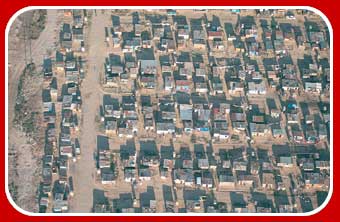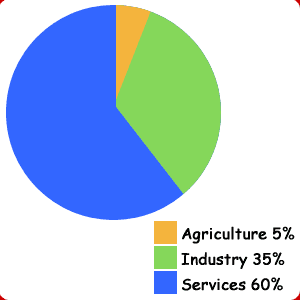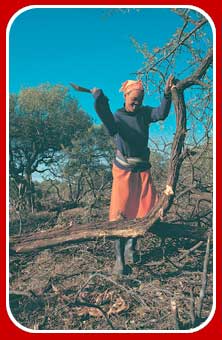| � |
The People
|
South Africa's
rich and turbulent history has created a huge melting
pot of cultural influences both from Africa and Europe.
Long before the white settlers came to the country in
the 17th century, South Africa's different tribal groups
had developed their own customs and traditions. Today,
eleven languages including English, Afrikaans and nine
African languages are spoken, reflecting South Africa's
multicultural background. Government documents are now
published in all the different languages to make them
understandable to everybody.
Over half the population
lives in three provinces, Kwazulu-Natal, Eastern Cape
and Gauteng where the climate and soils are more suitable
for farming Gauteng was also a main mining and industrial
concentration. Under the apartheid system, Kwazulu-Natal and Eastern Cape were the
main location of 'homelands', where black Africans were
forced to live.

|
From the Homelands
to the Townships
Since the end of apartheid, many South Africans have chosen
to leave the homelands and migrate to large cities like Johannesburg
and Cape Town. These migrant workers often live in poor 'townships'
on the outskirts of cities that were originally created by
the apartheid government to separate housing for black South
Africans from the ruling white population. Today, these urban
areas are struggling to cope with the influx of migrants.
| This
aerial view of Kayelitsha township on the edge of Cape
Town shows how during apartheid these housing areas were
planned in a grid pattern to make it easier for the authorities
to control. |

�Chris Sattlberger/Panos Pictures. |
The Economy
Resource Rich
Since the discovery of minerals in the 1880s, South Africa's
economy has relied heavily on mining these primary commodities.
Today, the economy is more mixed, and the well developed transport
network enables people and goods to move easily to increase
trade. South Africa cultivates cash crops like sunflowers
and sugar cane, and manufactures goods like steel, chemicals
and textiles.

CIA Factbook 2000
The Slow Pace of Change
South Africa is still undergoing the painful transition
from apartheid and the gap between rich and poor is still
vast. In rural areas, less than half the population have access
to clean water, and many do not have the necessary education
and skills, or even land to grow their own food.
| Even
though the country has enough coal to last 350 years,
nearly half of township homes have to use firewood or
paraffin for lighting, heating and cooking. |

�
Paul Weinberg/Panos Pictures. |
 to
find out how the South African government is trying to improve
the quality of life for its people. to
find out how the South African government is trying to improve
the quality of life for its people.
|
� |





